According to experts, effectively implementing the Prime Minister 's instructions in the telegram will contribute to effectively exploiting the potential of the inland waterway system, helping to reduce logistics costs, liberate competitiveness and unblock the flow of growth.
Vietnam possesses a system of nearly 42,000km of inland rivers and a coastline of more than 3,260km, with many estuaries and natural bays favorable for inland waterway transport.
The development of waterway transport, especially the Red, Da, Tien, Hau rivers and the North-South corridor, will significantly reduce transportation costs and improve the competitiveness of exported goods. The planning of seaports connected to roads, railways and aviation will help enhance multimodal connectivity, promote modern supply chains, attract foreign direct investment (FDI), develop industrial clusters and integrated logistics centers.
In addition, waterway transport is environmentally friendly as it consumes 3-5 times less fuel than road transport, in line with Vietnam's commitment to achieve net zero emissions by 2050.
The Prime Minister's directive via Official Dispatch No. 113/CD-TTg is the starting drumbeat and the real power lies in action. The immediate tasks at the macro level are to review and amend legal documents related to waterways and maritime; innovate the mechanism to attract socialized investment in infrastructure and fleet; support human resources and technology. In addition, it is necessary to update the planning of inland waterways and seaports, ensuring synchronous connectivity with roads, railways, and aviation; prioritize main transport routes and key ports in key economic regions; promote administrative procedure reform, simplify vehicle registration, licensing, and management records; promote technology application; develop a master plan for developing infrastructure and waterway transport services for the period 2026-2035.
Local authorities need to arrange land funds to build inland waterway ports and seaports in accordance with regional development planning; integrate logistics centers, warehouses, and cargo distribution connected to waterway transport, propose a list of key infrastructure projects based on local advantages, strengthen monitoring of violations of waterway protection corridors, handle illegal waterways, and ensure smooth and safe traffic.
Meanwhile, logistics, water transport, import and export enterprises need to be encouraged to use inland waterway transport to reduce supply chain costs; participate in infrastructure and service investment; invest in a number of key inland waterway ports and seaports, join hands to develop key strategic transport routes and wharves. Transport enterprises invest in building new or converting vehicles to meet technical standards, environmentally friendly; implement management standards according to electronic data platforms...
Authorities need to clarify the priority list; coordinate to complete the policy framework; arrange medium-term public investment capital for the period 2026-2030; propose tax, fee and credit incentives for water transport enterprises; review land allocation procedures, environmental licenses, encourage import-export enterprises to switch to using inland waterway transport...
When governments at all levels, businesses, and functional agencies implement it in a synchronous and drastic manner, inland waterway transport will truly become a strategic logistics belt for high growth targets and a foundation for sustainable development. It is time to act so that rivers become true growth streams.
Source: https://hanoimoi.vn/khoi-thong-dong-chay-tang-truong-710935.html







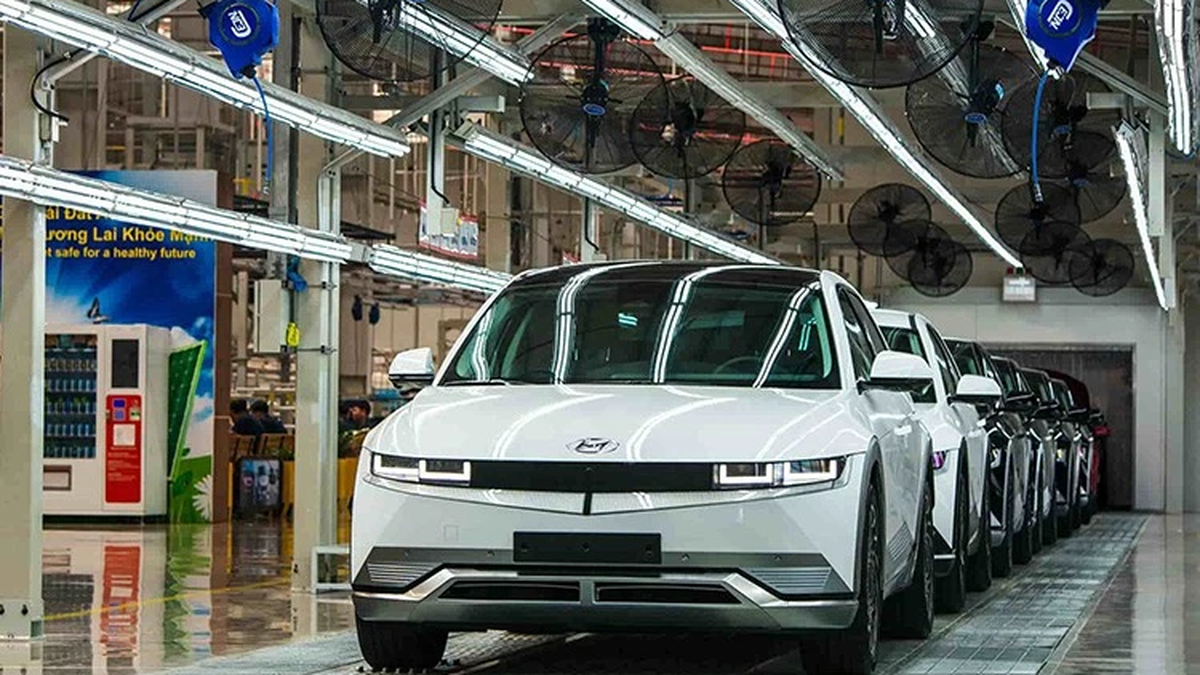

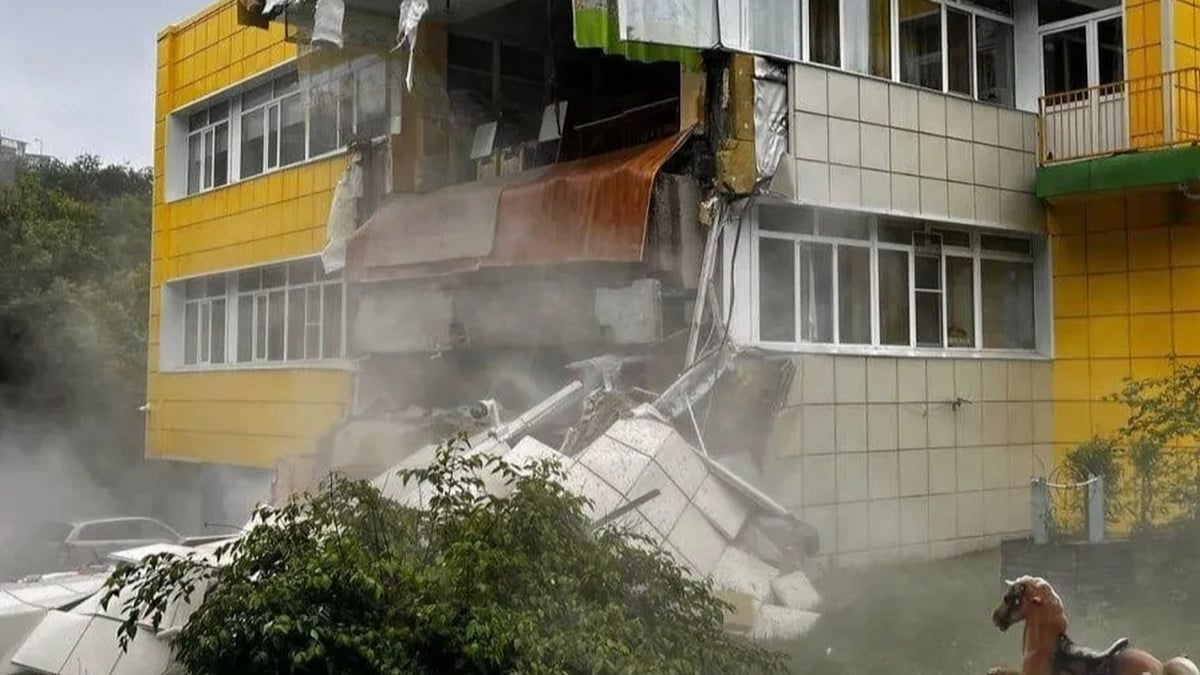

































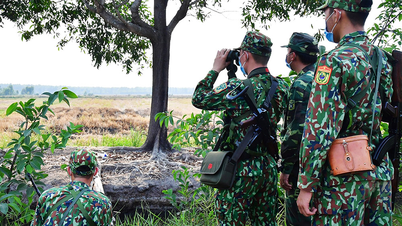












![[Maritime News] Container shipping faces overcapacity that will last until 2028](https://vphoto.vietnam.vn/thumb/402x226/vietnam/resource/IMAGE/2025/7/30/6d35cbc6b0f643fd97f8aa2e9bc87aea)








































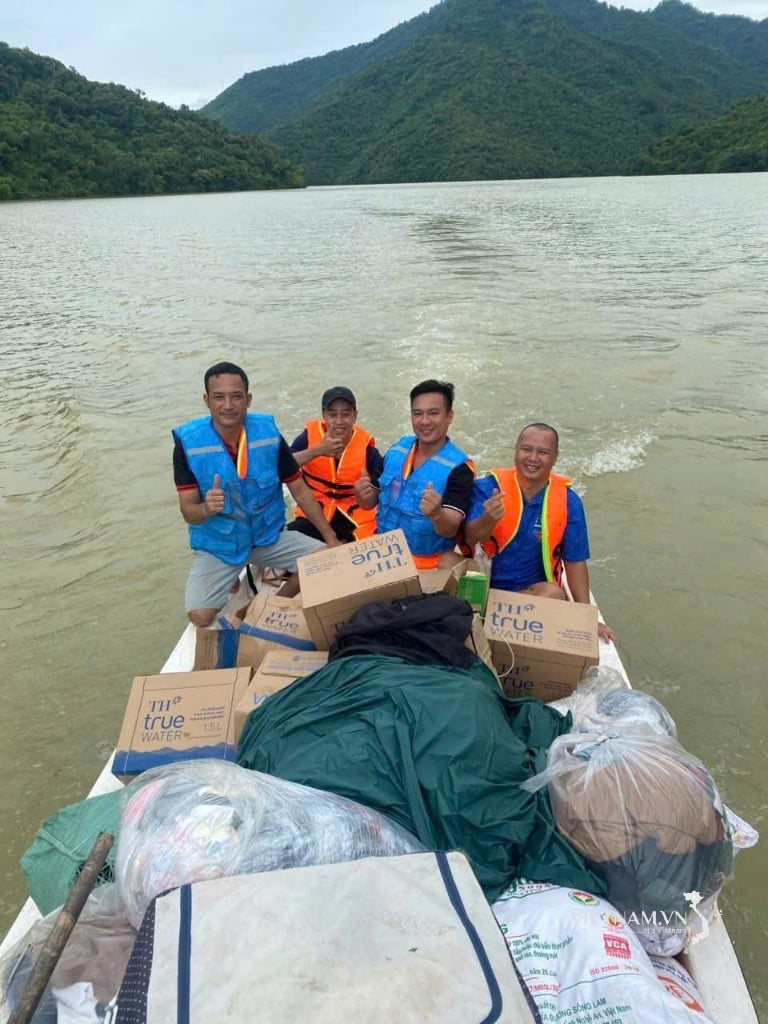
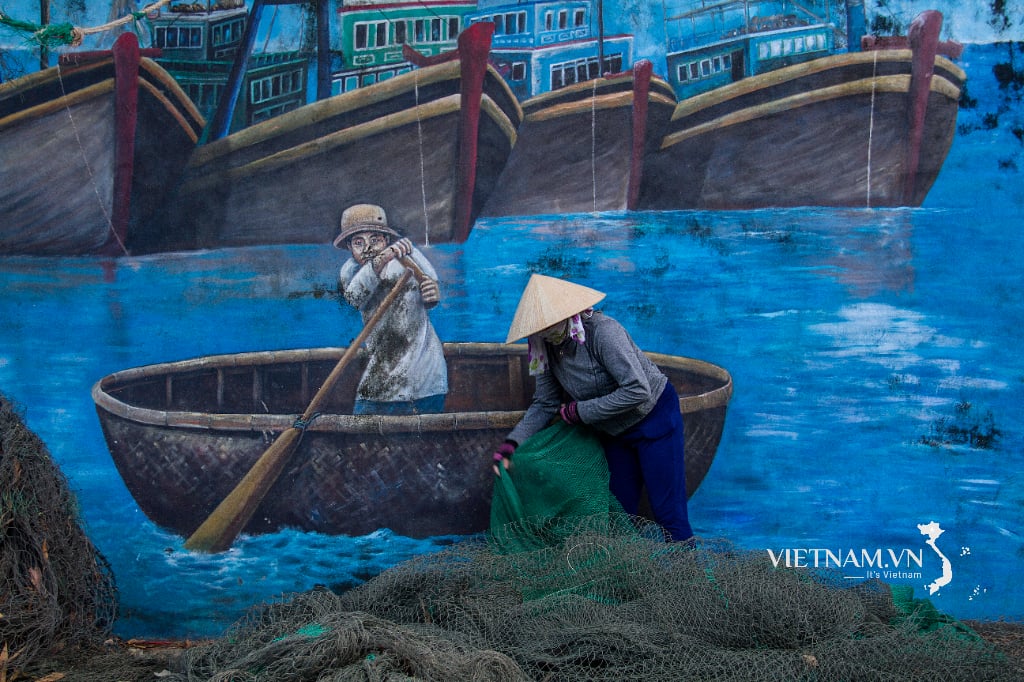
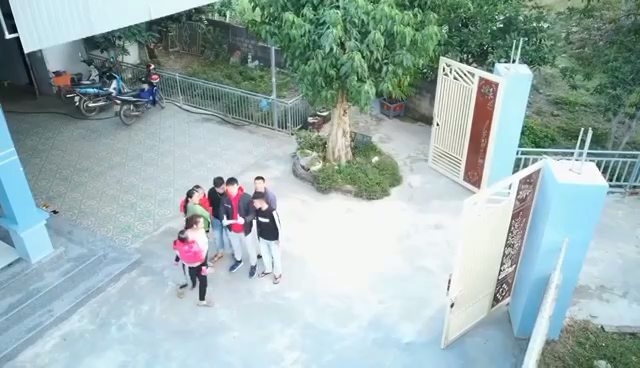
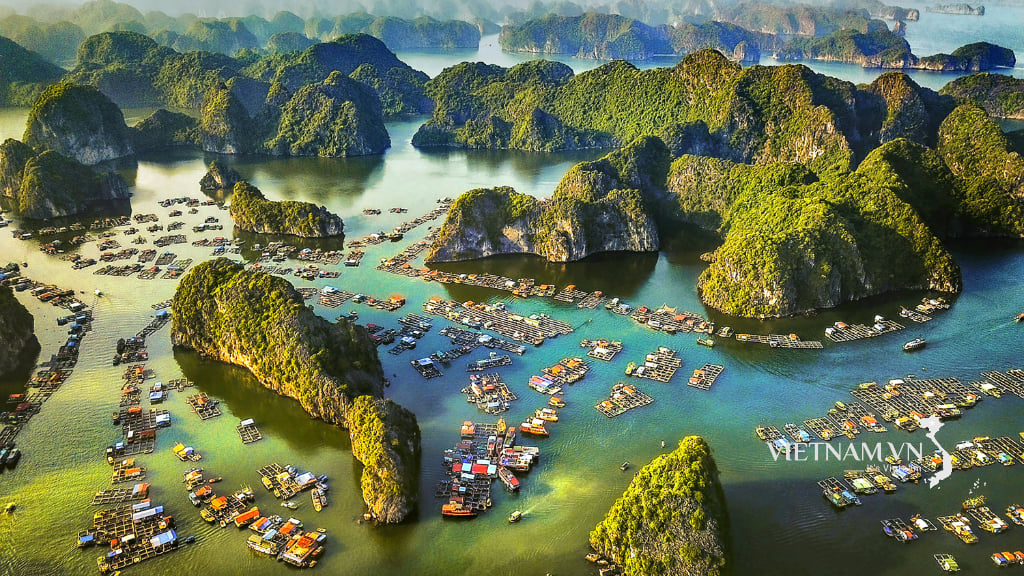
Comment (0)